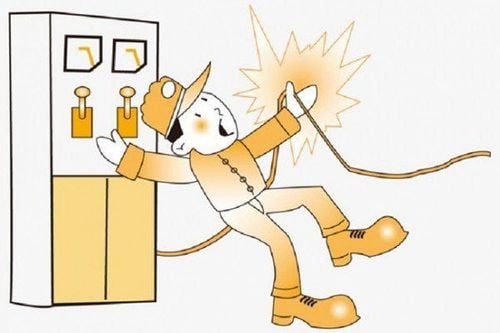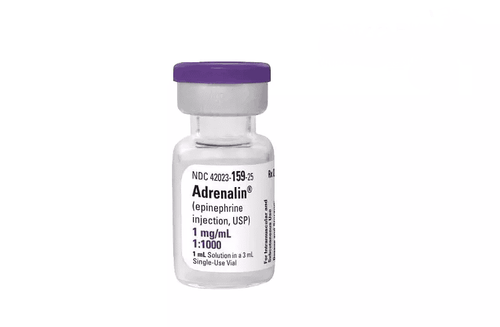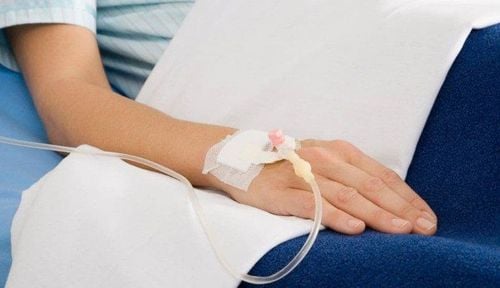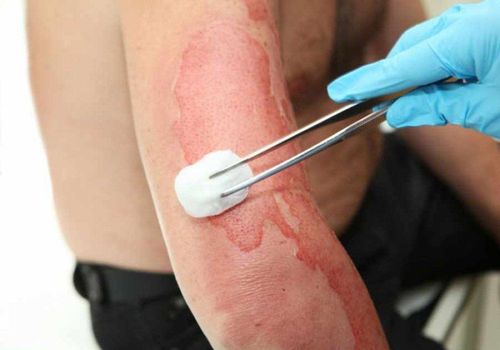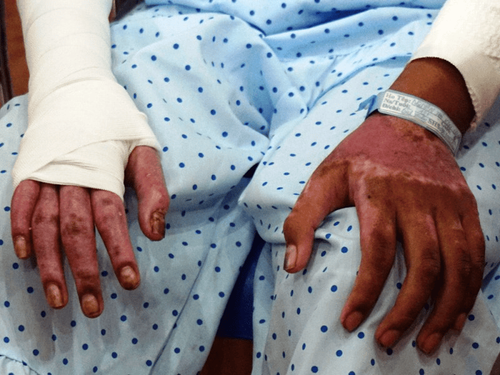This is an automatically translated article.
The article was written by Specialist Doctor II Phan Phi Tuan - Head of General Surgery Department, Department of General Surgery - Vinmec Phu Quoc International General Hospital.Burn shock is a severe condition caused by burn injury. Burn shock can range in severity from mild, severe to very severe. Burn shock can also have complications on other organ systems. Any treatment, follow-up, or prognosis issues will be based on these grades and complications. Besides, burn shock on each special object such as the elderly, children... has its own characteristics. Therefore, the issue of burn shock grading and burn shock assessment in special subjects is very important.
1. Degree of burn shock
There are many ways to classify burn shock. Paris (1967-1969) divided burn shock into mild, severe, and very severe degrees based on the following 8 factors: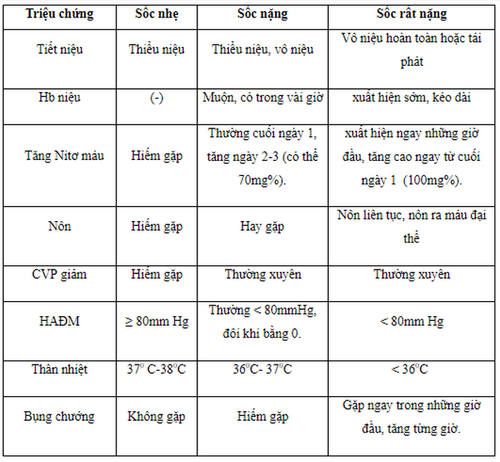
2. Complications in burn shock
Respiratory failure and alveolar haemorrhage: Acute respiratory failure is common after respiratory burns. The patient has a fresh hemoptysis, moist rales on auscultation and respiratory failure. The chest X-ray shows a faint triangular shape. Acute peptic ulcer perforation: also known as stress ulcer, Curling ulcer, gastrointestinal bleeding or surgical abdominal syndrome due to perforation. Lesions are often in the form of erosive ulcers, maybe 2 or more ulcers, often in the stomach, duodenal bulb. Sometimes there are cases of erosive ulcers of the entire digestive tract. Disseminated intravascular coagulation: This syndrome is both a cause and a consequence of shock. Manifestations of purple extremities, prolonged bleeding time, blood clotting time, increased Howell time, decreased platelets, decreased prothrombin ratio.
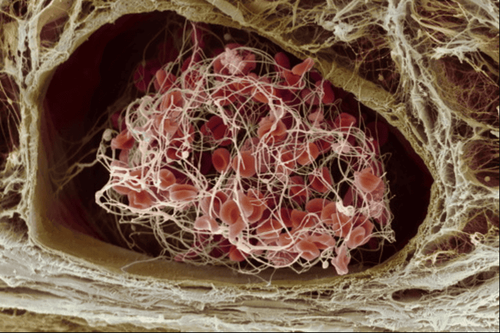
Đông máu nội mạch lan tỏa là một trong các biến chứng trong sốc bỏng
Acute renal failure : Manifestations of oliguria or anuria, urea test, blood creatinine increased. Patients may have functional renal failure due to excessive painful stimulation causing reflex constriction of blood vessels => kidney ischemia. Due to excessive plasma leakage, it compresses the glomerular vasculature (expanded Bowman's capsule is filled with plasma, compressing the vasculature). Due to decreased circulating blood volume => decreased blood flow through the kidneys => prolonged low arterial blood pressure, 50% slow blood flow => reduced glomerular filtration rate. Due to physical damage: acute tubular necrosis (consequence of prolonged hypoxia) => organic acute renal failure. Due to hemolysis, free Hb in the blood increases => urine will have HC, Hb-shaped mold => oliguria. If accompanied by metabolic acidosis, it will be dangerous, because free Hb is not easily eliminated from the kidneys, but converted into Hematin hydrochloride => renal tubular obstruction => anuria.
3. Burning shock in special subjects
Elderly people: due to reduced resistance, or comorbidities such as cardiovascular, metabolic, not very active but very serious. Common manifestations such as hypothermia, anemia, cardiovascular disorders, oliguria, anuria, white blood cells are usually not high, blood glucose and blood protein are elevated. Pregnant women: Burn shock has consequences for both mother and fetus. When burns are more than 6% deep, it can cause miscarriage or premature birth. The fetus is also affected by decreased circulating blood volume, homeostasis, increased urea, creatinine .... In pregnant women, burn shock is often more severe, easily converted to asthenic shock and the possibility of death. also higher. Sepsis is usually earlier, maybe the second day after the burn, usually gram (-). Children: May experience shock in a small area: children under 3 years old, may experience shock in an area of 3-5%. When the burn area is more than 10%, there is a risk of shock. Usually high fever with increased arterial blood pressure. White blood cells are elevated.
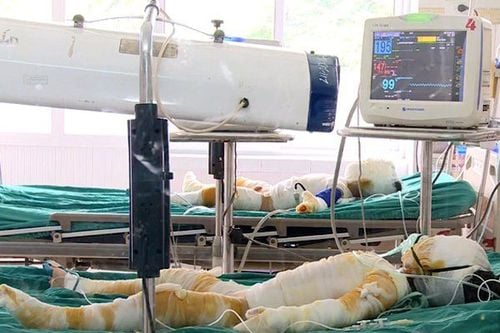
Trẻ nhỏ thuộc nhóm đối tượng có nguy cơ cao bị sốc bỏng
4. Shock in patients with skin burns and respiratory burns
Shock rate increased 3 times. Severe prognosis. The disorders are all more serious: blood loss, blood pressure drop, severe electrolyte disturbances. Respiratory disorders are common. Vinmec International General Hospital is one of the hospitals that not only ensures professional quality with a team of leading doctors, modern equipment and technology, but also stands out for its examination and consulting services. and comprehensive, professional medical treatment; civilized, polite, safe and sterile medical examination and treatment space.
Customers can directly go to Vinmec Health system nationwide to visit or contact the hotline here for support.






